If you told me five years ago that Apple and Intel would be discussing a partnership where Intel manufactures Apple's processors, I would have thought you were describing some alternate tech universe. Yet here we are in late 2025, and what seemed impossible is becoming a fascinating reality that could reshape the semiconductor industry.
Supply chain analyst Ming-Chi Kuo recently revealed that Intel could begin manufacturing Apple's own M-series chips as early as mid-2027. Apple has already secured an exclusive agreement with Intel around the advanced 18A-P manufacturing process, marking what could be one of the most significant supply chain shifts in recent tech history.
This potential partnership represents much more than just a business transaction—it signals Apple's strategic evolution from single-supplier dependency to a diversified manufacturing approach that could influence pricing, availability, and even geopolitical considerations for years to come.
What makes Intel's 18A-P process so compelling for Apple?
Here's where things get technically fascinating. Intel's 18A-P manufacturing node isn't just another incremental upgrade—it represents a fundamental leap in chip fabrication technology that could unlock new performance characteristics for Apple's entry-level processors. The process was unveiled at Intel's Direct Connect 2025 event as a specialized derivative designed specifically for advanced computing applications.
What sets this technology apart is its integration of Foveros Direct 3D hybrid bonding. Think of it like building a skyscraper for transistors—rather than spreading components horizontally across a flat surface, this becomes the first Intel node to support this revolutionary stacking approach, allowing multiple chip components to be stacked vertically with unprecedented precision.
The technical specifications reveal why Apple finds this compelling. Intel's hybrid bonding technology utilizes a pitch of less than 5 microns, enabling chip density that was previously impossible. To put that in perspective, we're talking about structures smaller than most bacteria—it's precision that enables Apple to potentially pack more performance into the same footprint while maintaining the power efficiency that defines Apple Silicon.
Most importantly, the 18A-P process has been specifically optimized for power and voltage regimes, featuring tuned threshold voltages that deliver superior power-efficiency trade-offs. This optimization aligns perfectly with Apple's design philosophy, potentially allowing the company to achieve better performance per watt in its base-level M-series chips while maintaining the all-day battery life users expect.
The depth of Apple's commitment is evident in their technical evaluation process. Apple has already obtained Intel's advanced-node 18AP PDK 0.9.1GA under an exclusive NDA, demonstrating they're not just window shopping—they're conducting serious technical due diligence that suggests genuine intent to move forward with this partnership.
The timeline and strategic implications
The collaboration timeline reveals a methodical approach that extends well beyond typical manufacturing partnerships. Apple is currently waiting for Intel to release PDK 1.0/1.1, scheduled for the first quarter of 2026, which will provide the complete technical framework necessary for full-scale chip design implementation.
Apple's production timeline targets Intel shipping the lowest-end M processor using the 18AP node as early as the second to third quarter of 2027. This timeline suggests we're looking at M6 or M7 generation chips being the first to benefit from this partnership, with industry estimates suggesting this could scale to 15-20 million units by 2027—a volume that would establish Intel as a major player in Apple's supply chain.
The strategic implications extend far beyond manufacturing logistics. Analyst Ming-Chi Kuo identifies this move as serving dual purposes: appealing to the Trump administration's "Made in USA" preferences while reducing Apple's supply chain risk. In today's geopolitically charged environment, having domestic manufacturing capabilities isn't just good business—it's becoming essential for navigating regulatory expectations and potential trade disruptions.
What makes this timing particularly interesting is how it coincides with Intel's broader foundry ambitions. Intel has been aggressively courting major technology companies to establish credibility against TSMC's foundry dominance. Apple's potential commitment could provide the validation Intel desperately needs, while simultaneously giving Apple leverage in future negotiations with both foundries as they compete for the company's business.
How this changes Apple's supply chain strategy
This potential partnership represents a fundamental evolution in Apple's approach to chip manufacturing, moving from exclusive reliance on TSMC to a more sophisticated, risk-distributed strategy. TSMC currently handles all of Apple's M-series chip production, creating a single point of dependency that, while successful, carries inherent vulnerabilities in an increasingly complex global environment.
The proposed division of labor demonstrates strategic sophistication: Intel would specifically handle manufacturing of Apple's standard M-class processors, while TSMC would continue producing higher-end variants like the Pro, Max, and Ultra chips. This arrangement leverages each foundry's strengths—Intel handles high-volume production of base-level chips that power MacBook Air, iPad Air, and entry-level iPad Pro models, while TSMC focuses on the complex, high-performance processors requiring their most advanced capabilities.
Beyond risk mitigation, this approach creates competitive dynamics that could benefit Apple significantly. Having two world-class foundries competing for Apple's business creates natural pressure for innovation, pricing improvements, and manufacturing capacity allocation. It's similar to how Apple manages supplier relationships across other components—maintaining multiple qualified sources ensures both competitive pricing and continued innovation.
This diversification strategy aligns with Apple's broader goal of reducing geopolitical risks while maintaining technological leadership. Given recent supply chain disruptions and ongoing US-China tensions, having domestic manufacturing options provides crucial insurance against future geopolitical developments that could affect Apple's access to advanced manufacturing capabilities.
What this means for the future of Apple devices
The implications for Apple's product ecosystem extend well beyond manufacturing changes, potentially influencing everything from product availability to pricing strategies. Intel's role would be purely as a foundry partner, with Apple retaining complete design control over its ARM-based processors—a complete reversal from the previous relationship where Intel designed x86 processors that Apple integrated into its systems.
For consumers, this partnership could translate into several practical benefits. Enhanced manufacturing capacity could help Apple meet demand more effectively, particularly for high-volume products like MacBook Air and iPad models. Anyone who has experienced the frustration of waiting weeks for new Apple devices to become available understands how additional manufacturing capacity could alleviate these bottlenecks while potentially supporting more aggressive product refresh cycles.
The domestic manufacturing aspect offers additional advantages beyond simple capacity. Having Intel as a US-based manufacturing partner could potentially insulate Apple from some supply chain disruptions that have affected the industry, while also supporting Apple's long-term transition away from Intel architecture, with macOS Tahoe being the final major release to support Intel-based Macs. This ensures that while Intel returns as a manufacturing partner, Apple maintains complete control over its computing architecture and software optimization strategies.
The partnership could also influence Apple's approach to market segmentation and pricing. Having multiple manufacturing sources typically provides more flexibility in cost management and production scaling, potentially enabling Apple to pursue different pricing strategies across its product lines or respond more quickly to market opportunities without being constrained by single-foundry capacity limitations.
The bigger picture: Industry transformation
This rumored partnership reflects profound shifts reshaping the entire semiconductor industry, where traditional competitive boundaries are being redrawn in response to technological, economic, and geopolitical pressures. Apple's success with its M-series processors has demonstrated the viability of custom ARM-based designs for high-performance computing, influencing competitors and reshaping market dynamics. The M1's introduction marked more than a product launch—it represented a fundamental validation of ARM-based computing that has accelerated industry-wide adoption of similar approaches.
Intel's willingness to serve as a foundry for Apple represents a significant strategic evolution for the company. Rather than competing directly with Apple's chip designs, Intel is positioning itself as an essential manufacturing partner, leveraging its advanced process technology and domestic production capabilities to create new value propositions. This approach reflects broader industry trends toward specialization, where design and manufacturing increasingly operate as distinct, complementary disciplines rather than vertically integrated capabilities.
The geopolitical dimensions of this partnership highlight how semiconductor manufacturing has become a strategic national interest. Having domestic chip manufacturing capabilities has become a strategic priority for many companies, driven by concerns about supply chain resilience and regulatory preferences. The US government's investments in domestic semiconductor manufacturing through programs like the CHIPS Act have created both incentives and expectations for exactly these types of partnerships.
Looking ahead, this collaboration could serve as a template for other technology partnerships, where former competitors find new ways to work together in an increasingly complex and interconnected industry landscape. The semiconductor industry is moving beyond the era where companies could succeed in isolation, toward a more collaborative model where even fierce competitors recognize the value of strategic partnerships. The success of this potential Apple-Intel partnership will likely influence how other major technology companies approach their own supply chain strategies, potentially reshaping competitive dynamics across the entire industry for years to come.
In an industry where the costs of staying at the cutting edge are measured in tens of billions of dollars, collaboration isn't just smart business—it's becoming essential for survival and continued innovation.





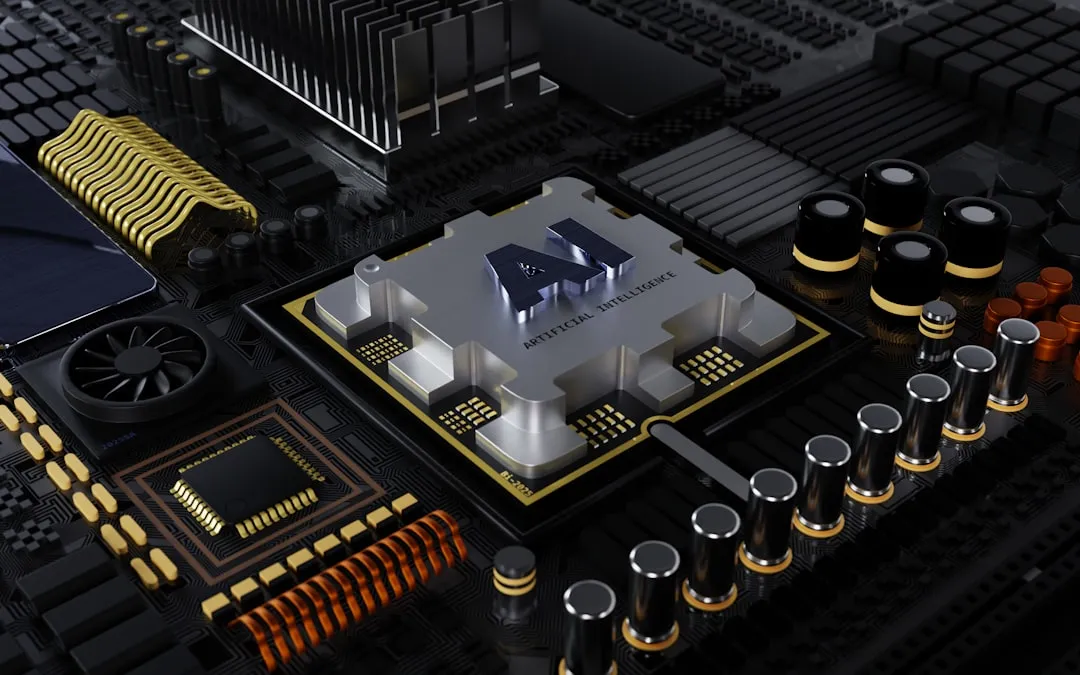
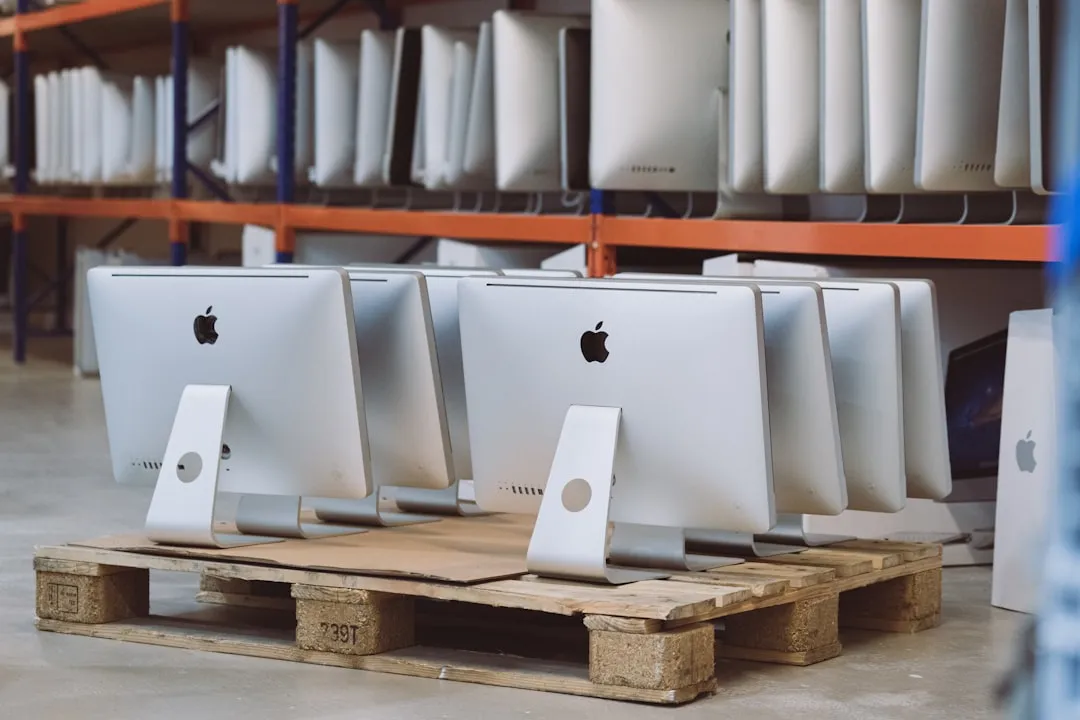



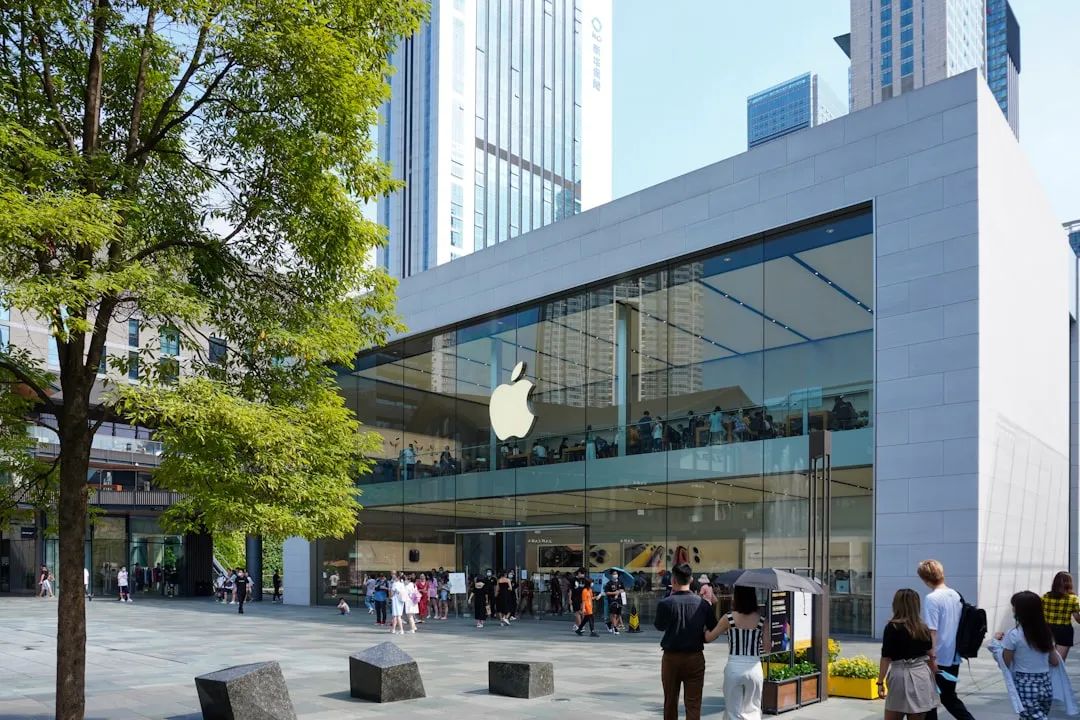








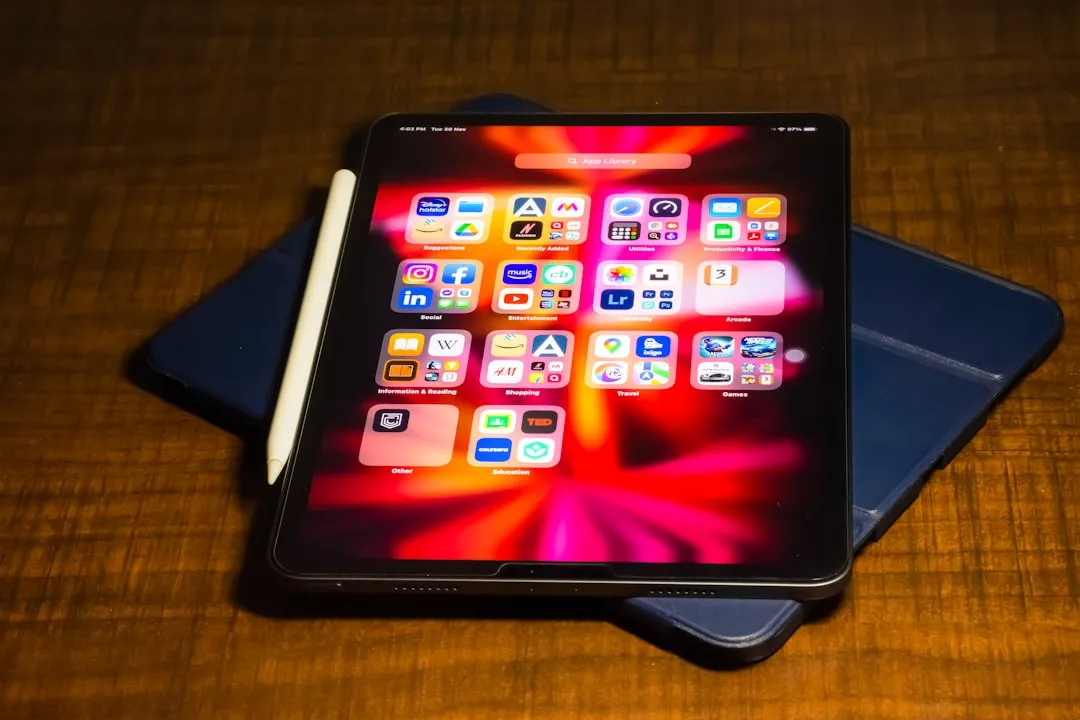

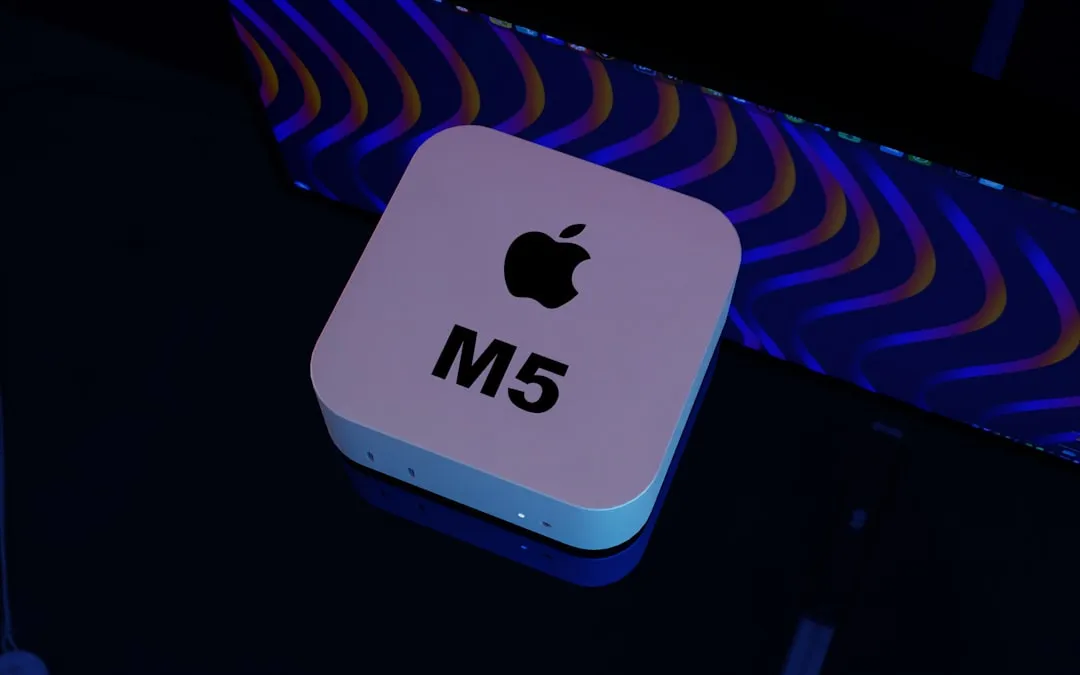


Comments
Be the first, drop a comment!